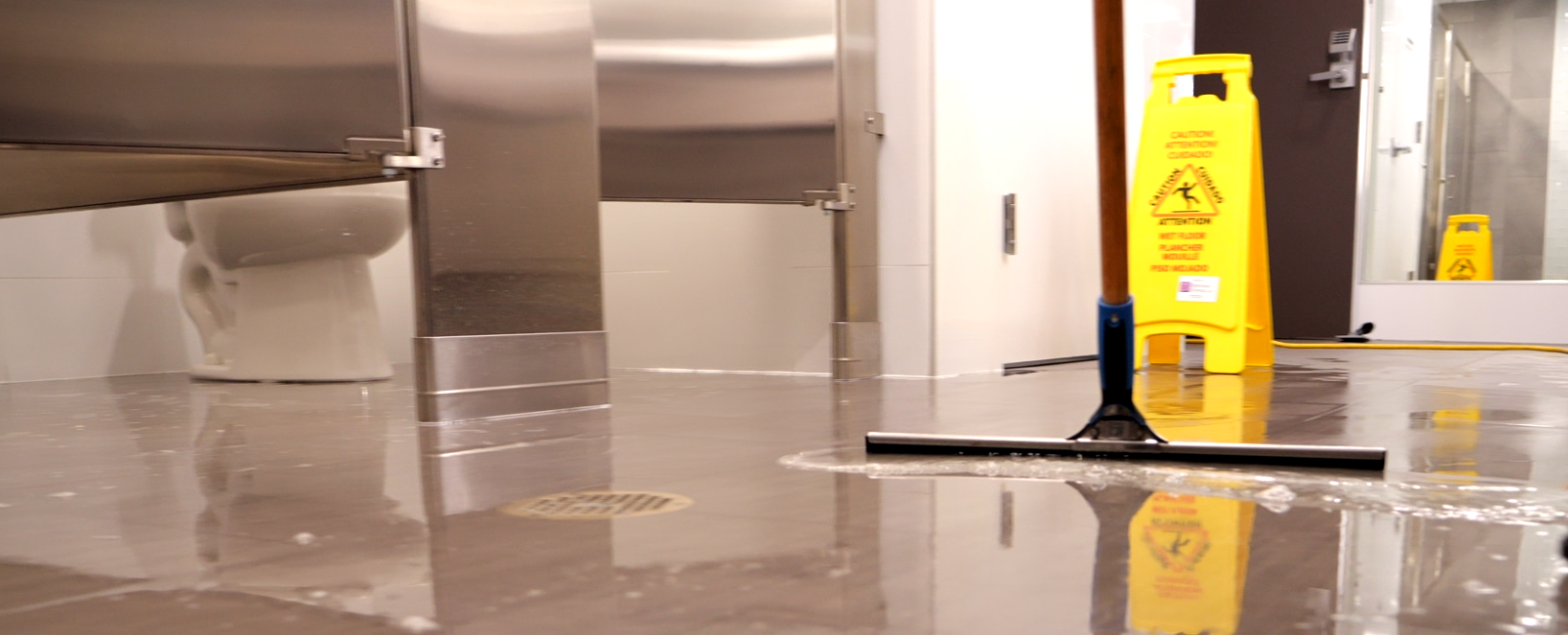You’re faced with a sewage backup at your home or business. The decision to call a Janitorial cleaner or a certified professional is a crucial one. While costs may be a concern, it’s vital to consider the potential health risks. Understanding the different categories of water and the associated health hazards is key to implementing the right cleanup and restoration measures. This ensures the safety of occupants and the preservation of your property.
Water damage is not a one-size-fits-all situation. Water is classified into three categories, and each of those categories requires a different approach for properly mitigating the situation. Understanding these categories is not just about knowledge, it’s about being prepared. It’s about knowing what to expect and how to react when faced with a water damage situation.
- Category 1: Clean Water: this type of water originates from a clean source and does not pose substantial health risks to humans. Examples include broken water supply lines, tub or sink overflows with no contaminants, and appliance malfunctions involving water supply lines.
- Category 2: Grey Water: Gray water contains significant contaminants that may cause discomfort or illness if ingested or exposed to the skin. This includes water from washing machines, dishwashers, sinks, showers, and aquariums.
- Category 3: Black Water: Black water is highly contaminated and can contain pathogens, toxins, and other harmful substances. It poses serious health risks and should be handled with extreme caution. Examples include sewage backups, floodwaters from rivers or streams, and water from toilet overflows containing feces.
Cleanup for water requires specialized equipment, protective gear, and thorough decontamination procedures. It often involves removing and disposing of affected materials that cannot be adequately cleaned and sanitized. As the categories of water increase from 1-3 (3 being the most extensive), other factors may be recommended. Additional scopes include the removal of building materials and, more specifically, personal protective equipment to ensure that areas are adequately mitigated.
Once you understand the severity of the water damage involved with flooding, the decision to call in a certified professional becomes clear. Certified companies for biohazard cleanup offer a range of benefits that can give you peace of mind in such a stressful situation. These benefits include specialized training, compliance with regulations, proper equipment and resources, risk mitigation, thorough cleanup processes, insurance coverage, and a professional reputation. These advantages make certified companies the preferred choice for handling biohazardous/flooding situations safely and effectively, ensuring the best outcome for your property and your peace of mind.
For additional flooding resources, please visit the Institute of Inspection Cleaning and Restoration(IICRC) page at https://iicrc.org/flood-resources/.
Author: Tiffany DeLoney, Director Emergency Services

